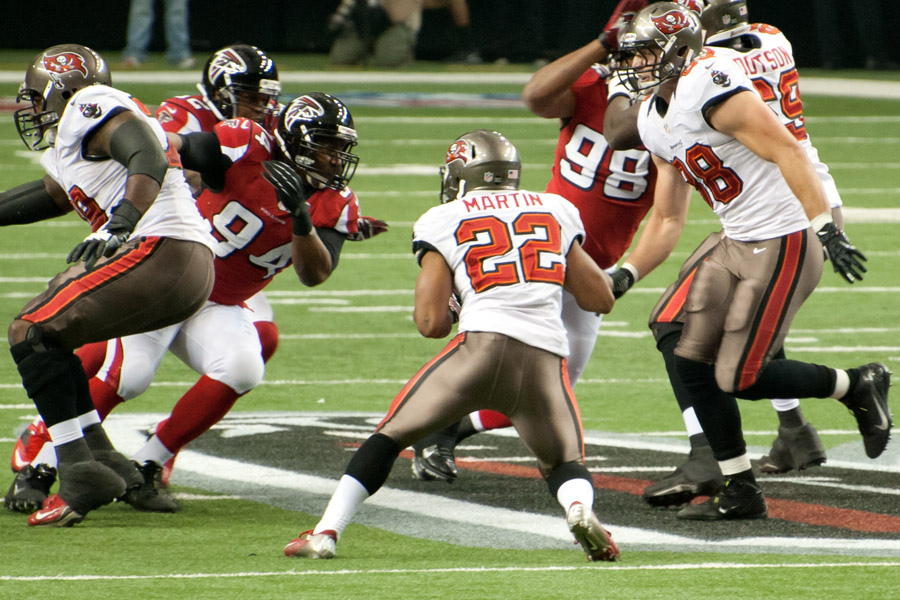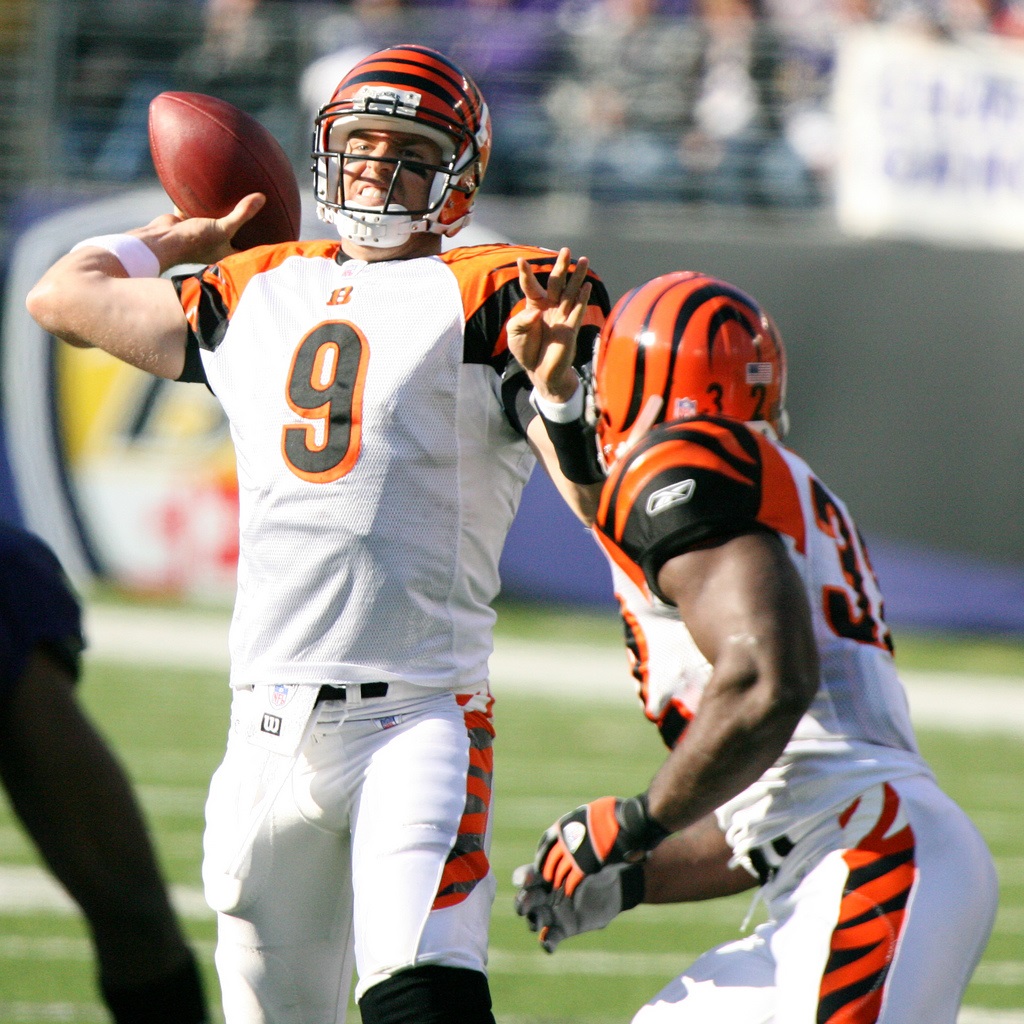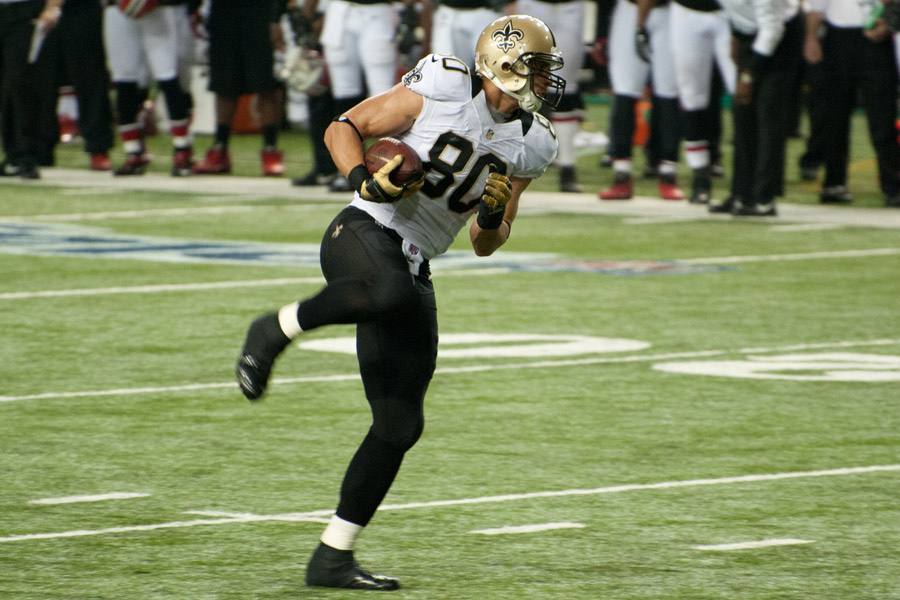
Standing at 1290 pages and covering 175 skill prospects, the 2013 Rookie Scouting Portfolio is now available for download at www.mattwaldman.com. Because a post-draft addendum is now a regular part of the RSP purchase, it has allowed me the luxury to weigh my rankings less on draft stock and more on talent until we see how opportunity knocks. Many of the climbers and fallers in my pre-draft rankings surprised me. I look forward to sharing more of my thoughts about these players and the the process in the coming weeks.
Here’s what my regular readers have to say about the RSP:
- “Yours is the ONLY publication I ever pay for in fantasy football. Mahalo for the quality!!!” – Jim
- “I first experienced the RSP last year and after reading several pages, you got me for only god knows how much time you’ll be doing it. I’d prepay this for the next ten years easily. I mean it in the most sincere way, this has become my most anticipated read of the year and once again, I know it will be awesome.” – Dom
- “BTW, I first purchased your RSP in 2011, won my league that year, had a middling team, repeated in 2012, still a middling team. How I have used RSP the most is during the season for my waiver pickups, always nice to reference your report when trying to decide between a few players. Thank you again. Oh, btw, the other 11 owners think I am lucky, lol, I am but for different reasons than THEY think 🙂 ” – Warren
- “You won’t find a better resource. Matt Waldman delivers. Period. Cannot recommend more highly.” – Bob Harris, FSTA Hall of Famer
- ” Best pre-draft scouting report on every conceivable guy [at the skills positions] is by @MattWaldman. Very good read – mattwaldman.com.” –Chris Brown, author of Smartfootball.com and Grantland contributor
- “Best dynasty rookie document there is. Can’t live w/o it.” – Tim Stafford, Dynasty League Football staff writer.
- Hey Matt,Just thought you would want to know that I enjoyed the 2012 Rookie Scouting Portfolio so much that I had to buy the other six years, to see what you had to say about previous players. I’ve been playing fantasy football for over 20 years (started at age 11) and I can’t tell you how refreshing it is to see someone put this much effort into analyzing prospects skills, and then filtering that info back to their potential fantasy value.Not sure if you have a running testimonial page but if your ever inclined to do so, feel free to use this email as one, if you wish.Not trying to kiss your butt or anything but your work is really an inspiration for someone like myself.Thank you for your efforts,
Sean Douglas










